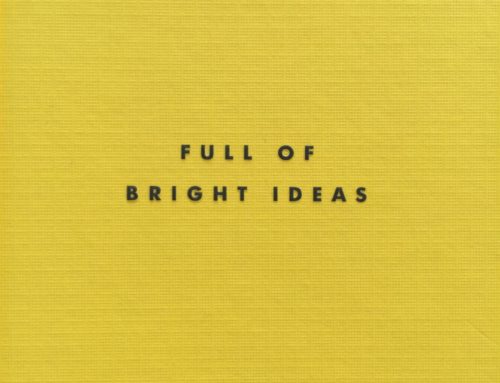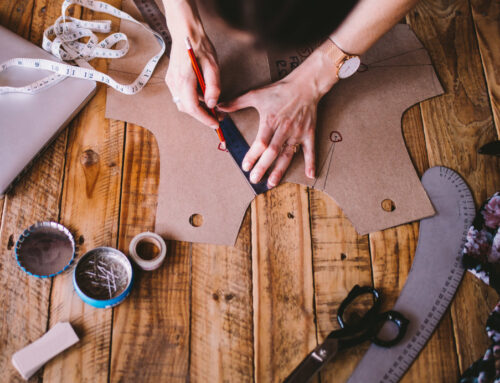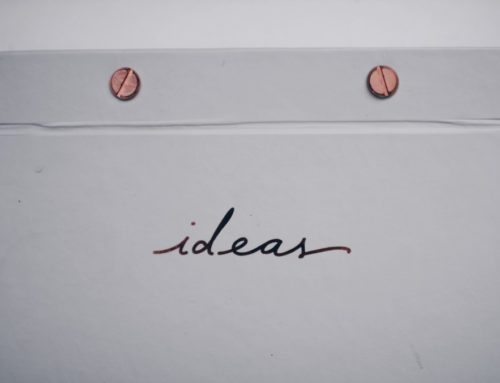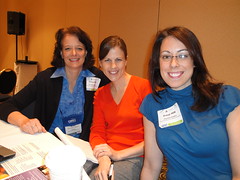 Last week at the Day of Service at the Nonprofit Technology Conference in Atlanta, I met with Executive Director Megan Anderson and Volunteer Coordinator Courtney Hodges of the Furniture Bank of Metropolitan Atlanta. Each year, the NTEN community helps scores of local nonprofits in the conference’s host city, and this year I signed up to assist the Furniture Bank.
Last week at the Day of Service at the Nonprofit Technology Conference in Atlanta, I met with Executive Director Megan Anderson and Volunteer Coordinator Courtney Hodges of the Furniture Bank of Metropolitan Atlanta. Each year, the NTEN community helps scores of local nonprofits in the conference’s host city, and this year I signed up to assist the Furniture Bank.
The Furniture Bank has a website, a blog, an email newsletter, a Facebook page and a Twitter account. What they didn’t have was any kind of strategy for how all of these pieces should fit together or how they should be using each tool. They knew they needed a social media strategy, but found the whole idea completely overwhelming. Sound familiar?
During our two-hour consultation, we fixed that by walking through some basic questions about who they were trying to reach, what they wanted those people to do, and where the various tools best matched those needs.
We started the conversation by backing up to Web 1.0 and talking about their website. It’s currently a static HMTL site that they can’t update themselves. We talked about the beauty of a CMS, WordPress in particular, and I showed them how easy it is to update your site by making a quick change to the Nonprofit Marketing Guide home page.
Next we talked about e-newsletters, how to build an email list, and how to turn more furniture donors into cash donors by keeping in touch with them regularly via email and social media. A common trap that many nonprofits fall into is reporting to supporters the same kind of information that they’d report to the board of directors, e.g. details of a new partnership or statistics about services. This isn’t bad information to share per se, but it’s not what you should lead with in a donor newsletter.
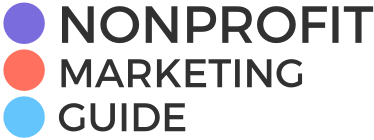 Instead, we talked about storytelling. The Furniture Bank has a very simple mission — to give people coming out of homelessness, battling HIV, or fleeing domestic violence free furniture to make their house a home — which gives it a big advantage over nonprofits with much more complicated programs. To take advantage of that, I suggested that Courtney try to track the full stories of 10 different donations per month.
Instead, we talked about storytelling. The Furniture Bank has a very simple mission — to give people coming out of homelessness, battling HIV, or fleeing domestic violence free furniture to make their house a home — which gives it a big advantage over nonprofits with much more complicated programs. To take advantage of that, I suggested that Courtney try to track the full stories of 10 different donations per month.
Instead of talking just about a furniture donor or a furniture recipient, as they had been, I asked her to try to trace the whole path of one donation, from why the donor picked the Furniture Bank to what they actually donated, to any processing by volunteers, to delivery to the client, and wrapping up with the impact of that piece of furniture on its new family. Assuming a 50% success rate with collecting all the details and getting permission from the participants to use their names, she’d have five new stories per month to tell. Given the volume of donations (hundreds per month), Courtney and Megan thought this was very doable.
Imagine yourself giving away a couch to an organization like the Furniture Bank. Yes, part of you may be glad to just get rid of the thing, but another part of you is probably pretty curious about where that couch ended up. Telling the personal stories of both the donors and the clients fulfills many different objectives, including helping donors see the impact of their work and connecting the real people on both sides of the donation, who often live worlds apart.
With new stories in hand each month, Courtney can now use storytelling as the central driver in a communications strategy. One story can go in the e-newsletter. Another story can go out in print communications. Another can go on the blog. She can mention all of the stories in Twitter and Facebook updates and build a story bank on the website.
Elliot Greenberger, Communications Manager at See3, stopped by to offer some tips on using video. One fun idea we discussed was using video to talk about what constitutes a good donation and what’s NOT needed (e.g. couches with enough dog hair on them to knit a scarf). The Furniture Bank doesn’t do cleaning or repairs. Stuff comes in one day and goes out the next and video could help convey that in both a funny and educational way.
Here’s a quick video on what we’d covered about halfway through our session, courtesy of Elliot:
Talking Nonprofit Marketing Strategy at the 10NTC Day of Service from Kivi Leroux Miller on Vimeo.
This video was taken by Elliot Greenberger of See3 Communications at the Nonprofit Technology Conference in Atlanta, April 8, 2010. Kivi Leroux Miller is talking with Megan Anderson and Courtney Hodges of the Furniture Bank of Metro Atlanta.
Next we looked at Facebook specifically and I showed them how, as page administrators, they can use Facebook Ads (even if they don’t buy any) to see how many people they could reach through Facebook in various demographics. For example, we discussed using the Facebook page to target men ages 20-35 as volunteers. We also talked about using Twitter for more “breaking news” items like what kind of donations were most urgently needed and when the collection vans would be in various neighborhoods.
 We wrapped up the consultation with a quick conversation about branding. Courtney and Megan desperately want to break away from the purple color scheme. I said to go for it! The overuse of purple makes the site look much older and conservative than the organization really is. I suggested using a complementary palette of colors, much like the they do with the logo for their signature event, Chairish The Future. We ran out of time, but we closed with my urging them to do more with their existing celebrity connection for the event with Vern Yip of HGTV and to work with a designer to give their main site a more vibrant feel, more along the lines of the Chairish logo.
We wrapped up the consultation with a quick conversation about branding. Courtney and Megan desperately want to break away from the purple color scheme. I said to go for it! The overuse of purple makes the site look much older and conservative than the organization really is. I suggested using a complementary palette of colors, much like the they do with the logo for their signature event, Chairish The Future. We ran out of time, but we closed with my urging them to do more with their existing celebrity connection for the event with Vern Yip of HGTV and to work with a designer to give their main site a more vibrant feel, more along the lines of the Chairish logo.
I had a great time meeting with Megan and Courtney and can’t wait to see what they come up with next!

